It seems like Apple's new feature of auto-flip interface on RTL languages cause problems when using UICollectionView.
I used constraints of type Trailing/Leading for the collection view and they switched their values, as they should, on RTL language.
The problem is that the data actually presented is of the last indexPath in the collection's data source but the UIScrollView.contentOffset.x of the first cell is 0.
A proper behaviour would have been one of the following:
- Displaying the first
indexPathcorrectly and switching the direction of the scroll (to the right) - Best option - Not flipping the UI/Constraints so the presented-data /
indexPath/scrollView.contentOffset.xwill be synchronised - Option that disabling the RTL support. - Presenting cell and data of the last indexPath but fixing the
scrollView.contentOffset.xto represent the last cell position also.
I guess Apple might fix it sometime in the future but meanwhile we'll have to use workarounds like reversing array and/or scrolling to the last object.



